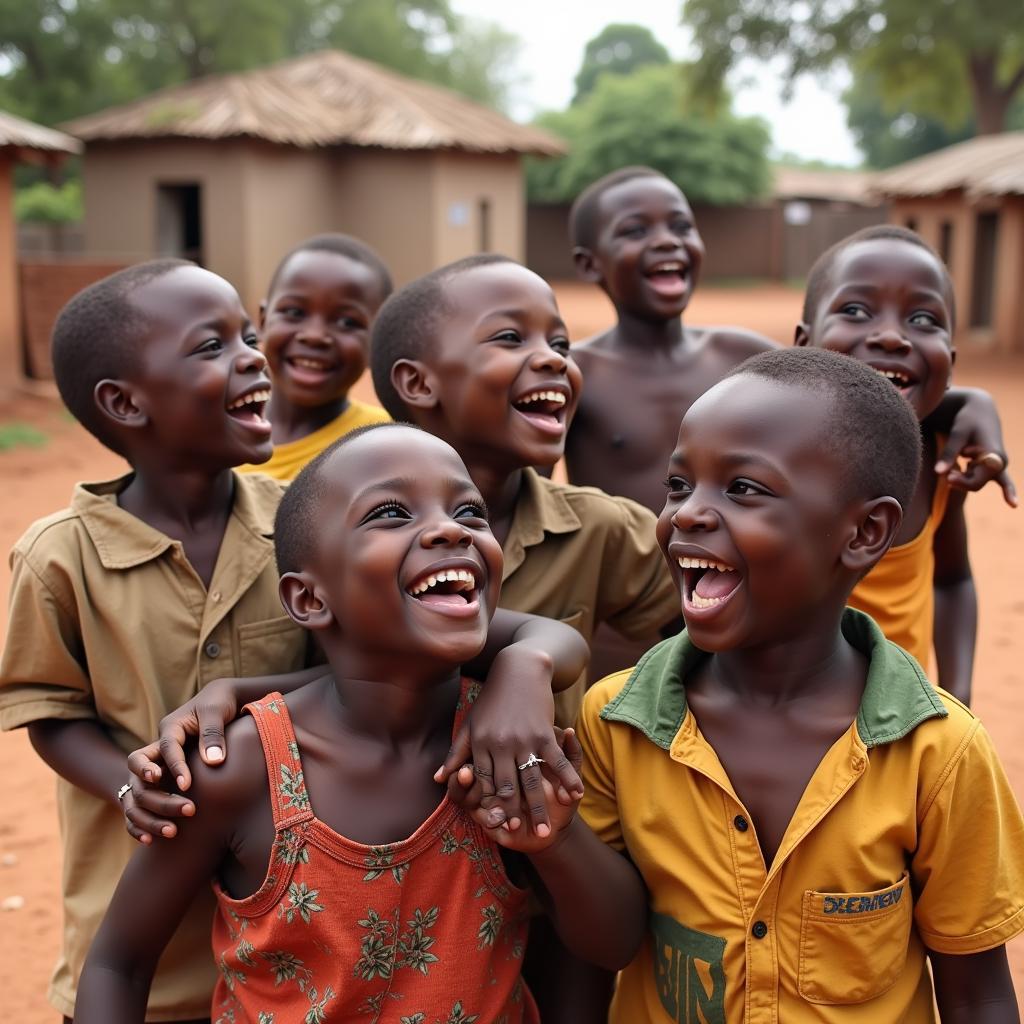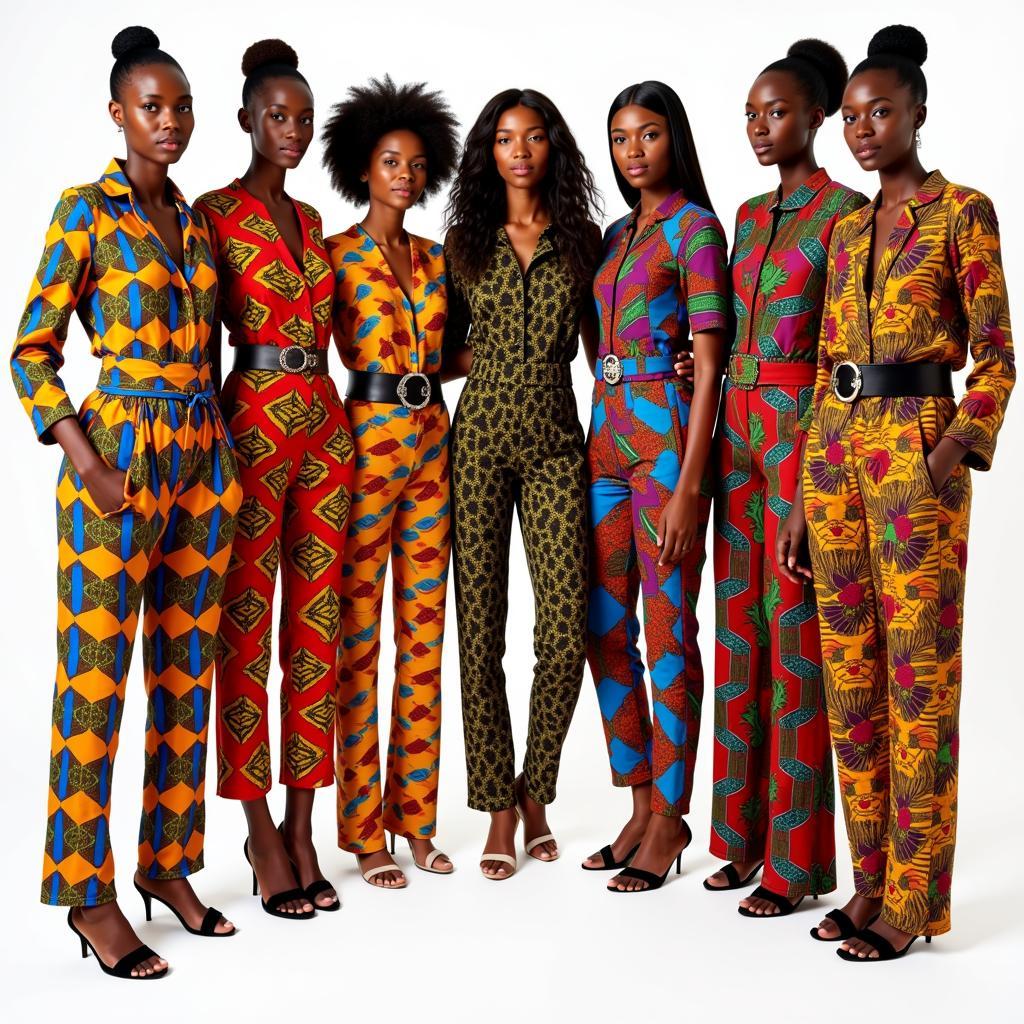Understanding the Lives of Indigenous Peoples in African Jungles
The term “African Jungle People Without Clothes” is outdated and potentially offensive. It evokes harmful stereotypes and simplifies the diverse cultures and lifestyles of various indigenous groups living in Africa’s forests and rainforests. Instead of perpetuating these misconceptions, it’s crucial to approach the topic with sensitivity and a desire to understand the complex realities of these communities.
The Diversity of Africa’s Indigenous Peoples
Africa is a continent of immense diversity, with thousands of distinct ethnic groups, each with its own unique languages, traditions, and ways of life. Focusing solely on clothing, or the lack thereof, ignores the richness and complexity of these cultures.
Many indigenous groups across Africa have historically lived in harmony with their environments, developing sustainable practices for food, shelter, and clothing. Their attire, often crafted from natural materials like animal hides, bark cloth, or plant fibers, serves practical purposes, adapting to the climate and their way of life.
Traditional Clothing and its Significance
Clothing in many indigenous African cultures often goes beyond mere practicality. It can be deeply symbolic, reflecting social status, age, marital status, or even spiritual beliefs. Elaborate beadwork, intricate hairstyles, and body paint can hold significant cultural meaning, communicating information about identity and belonging.
For example, among the Maasai people of East Africa, red is a significant color, often worn to symbolize bravery and strength. Their intricate beadwork, worn by both men and women, tells stories of their lineage, age, and social standing.
The Impact of Outside Influences
The arrival of colonialism and globalization has brought about significant changes to the lives of many indigenous communities in Africa. Western clothing, often seen as a symbol of modernity, has been adopted by some, while others maintain their traditional attire.
It’s important to remember that these changes haven’t occurred in isolation. Factors like economic necessity, access to resources, and the desire to participate in a wider society have all influenced the evolution of cultural practices, including clothing choices.
Moving Beyond Stereotypes
Rather than focusing on outdated and often inaccurate portrayals of indigenous peoples, it’s essential to engage with their cultures respectfully and with a willingness to learn. By moving beyond stereotypes, we can begin to appreciate the rich tapestry of human experience that exists within Africa’s diverse communities.
 African Children Smiling and Playing in a Village
African Children Smiling and Playing in a Village
By approaching the topic of indigenous cultures in Africa with sensitivity and respect, we can move beyond harmful stereotypes and begin to understand the complex realities of these diverse and fascinating communities.

